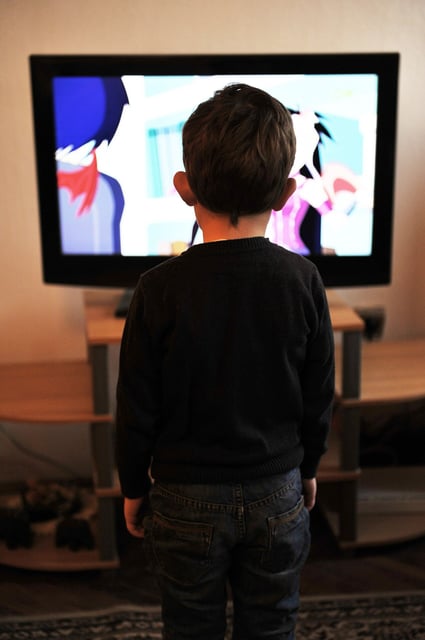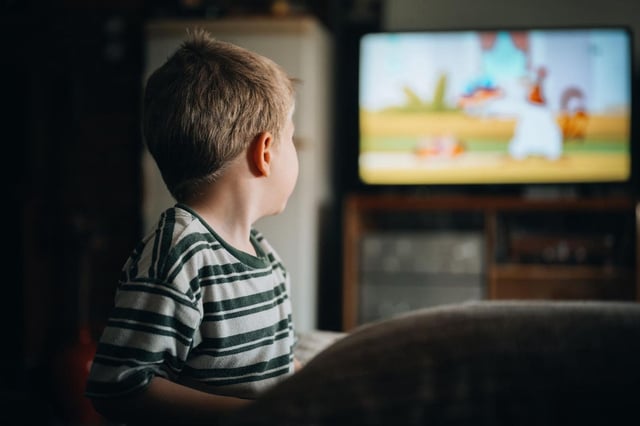Overview
- The team analyzed scripts from nearly 7,000 U.S. children’s TV episodes spanning 1960 to 2018 using natural language processing.
- Words associated with boys and men were consistently used as grammatical agents—the “doers” in a sentence—more often than those linked to girls and women.
- Male-related terms frequently appeared alongside words denoting agency such as rewards, power and work, whereas female-related terms co-occurred with family and affiliation language.
- Although the male-to-female dialogue ratio eased from 2:1 in 1960 to 1.5:1 by 2018, the gap in male versus female agency in sentences widened by roughly 4% annually.
- Researchers caution that AI-driven scriptwriting tools trained on existing screenplays risk embedding these persistent gender biases into future children’s media.

